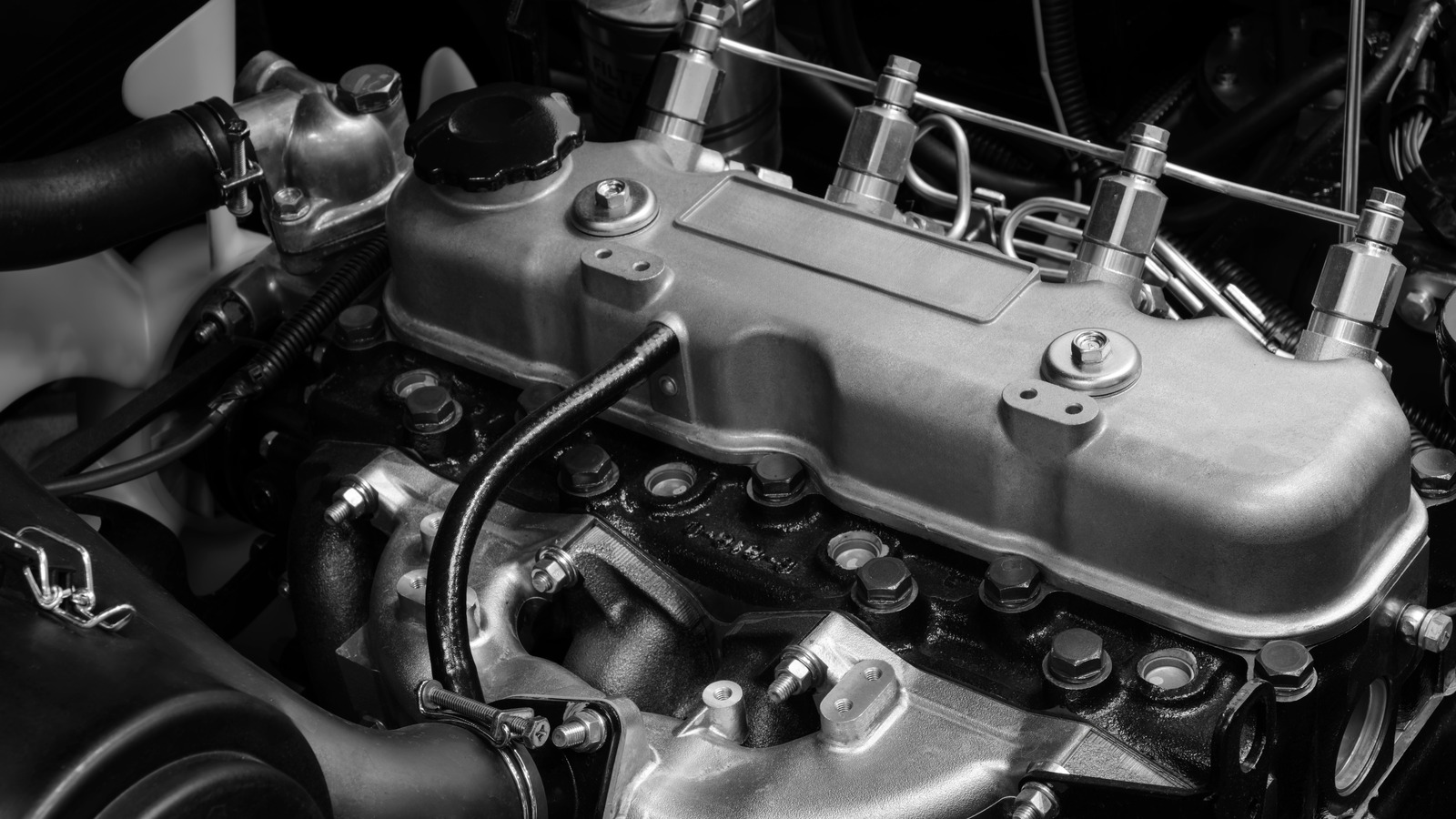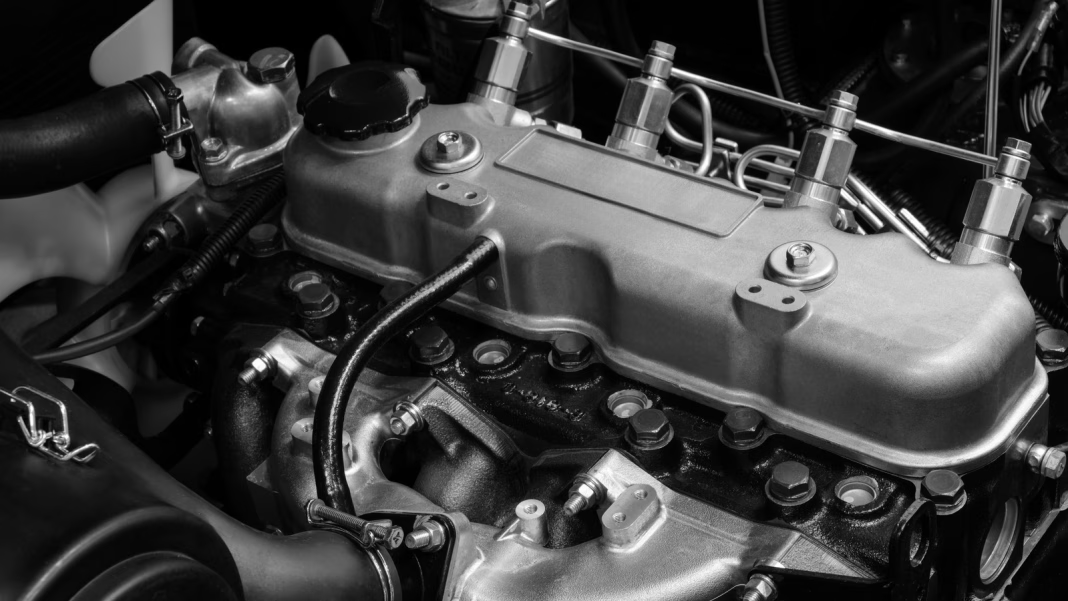Understanding Blow-By in Diesel Engines: When Is It Too Much?
If you’ve ever popped the hood of your diesel engine and noticed some smoke or oil mist escaping from the crankcase, you might have encountered what’s known as blow-by. While a certain amount of blow-by is normal, especially in aging engines, it’s crucial to know when it crosses the line into problematic territory. Let’s dive into what blow-by really means, how to identify excessive levels, and what you can do about it.
What Is Blow-By and Why Does It Happen?
Blow-by occurs when combustion gases escape past the piston rings and enter the crankcase. This can happen for several reasons, including wear and tear on the engine components, poor sealing, or even just the natural aging process of the engine. In a healthy diesel engine, a small amount of blow-by is expected. It’s a sign that the engine is doing its job, albeit with a few minor leaks.
However, as engines age, the amount of blow-by can increase. This is often due to the degradation of piston rings or cylinder walls, which can lead to a more significant escape of gases. The result? Increased pressure in the crankcase, which can lead to oil leaks, reduced performance, and even engine damage if left unchecked.
How Much Blow-By Is Normal?
Determining what constitutes “normal” blow-by can be a bit tricky. Generally, if you’re seeing a small amount of vapor or mist from the crankcase vent, you’re likely in the safe zone. A good rule of thumb is to check the oil filler cap: if you see a light mist but no significant smoke, your engine is probably fine.
However, if you notice a steady stream of smoke or a significant amount of oil mist, it’s time to investigate further. Excessive blow-by can lead to several issues, including increased oil consumption, poor engine performance, and even potential engine failure.
Signs of Excessive Blow-By to Watch For
So, how can you tell if your engine is experiencing too much blow-by? Here are some telltale signs:
1. **Increased Oil Consumption**: If you find yourself topping off your oil more frequently than usual, it could be a sign that blow-by is causing oil to escape.
2. **Oil Leaks**: Excessive pressure from blow-by can force oil out of seals and gaskets, leading to noticeable leaks.
3. **Smoke from the Crankcase Vent**: A significant amount of smoke or vapor escaping from the crankcase vent is a clear indicator that something is amiss.
4. **Poor Engine Performance**: If your engine is struggling to maintain power or is running rough, excessive blow-by could be a contributing factor.
5. **Increased Crankcase Pressure**: Using a crankcase pressure gauge can provide a more definitive answer. If the pressure is consistently high, it’s time to take action.
What to Do If You Suspect Too Much Blow-By
If you’ve identified signs of excessive blow-by, don’t panic. There are steps you can take to address the issue. First, consider having your engine evaluated by a professional mechanic. They can perform a compression test to assess the health of your piston rings and cylinder walls.
In some cases, a simple repair or replacement of worn components can resolve the issue. However, if the engine is significantly worn, you might need to consider a rebuild or replacement. Regular maintenance, including oil changes and using high-quality oil, can also help mitigate blow-by issues.
The big takeaway? Monitoring blow-by isn’t just about catching problems early; it’s about ensuring your engine runs smoothly for years to come. If you notice any signs of excessive blow-by, take action sooner rather than later. Start with a simple check this week, and you’ll likely spot the difference in your engine’s performance by the end of the month.


